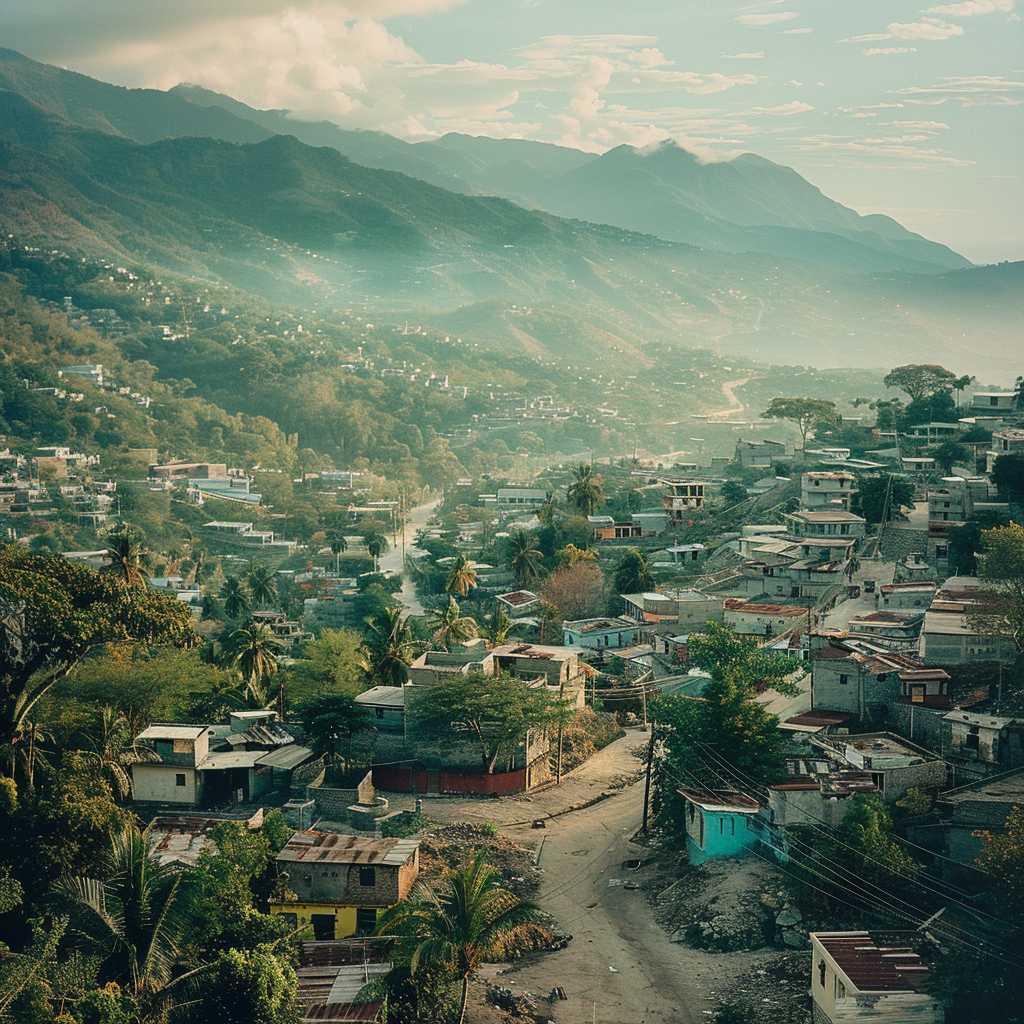### Understanding Haiti: History, Challenges, and Culture
A Caribbean nation with a rich history of resistance, revolution and resilience, Haiti is a study in contrasts — a land of great beauty facing great challenges. This article aims to explore the multifaceted aspects of Haiti, including its historical significance, cultural heritage, societal issues, and what the future may hold for this vibrant yet troubled nation.
The Historical Significance of Haiti
Haiti’s historical narrative is one of tremendous significance, not only to the Caribbean but to the entire world. In 1492, Christopher Columbus landed on the island and named it Hispaniola. The Spanish colony later saw the western part ceded to France in 1697, where it flourished as Saint-Domingue, one of the richest colonies in the 18th-century world thanks to sugar and coffee produced by an enslaved African population.
The Haitian Revolution, which occurred from 1791 to 1804, was a pivotal moment in global history. Enslaved Africans in Saint-Domingue led by figures such as Toussaint L’Ouverture successfully revolted against French colonial rule in what became the only slave uprising that led to the founding of a state both free from slavery and ruled by non-whites and former captives. It marked the first time a European power was overthrown by an indigenous army in the Americas. However, the road post-independence was far from smooth as Haiti faced political instability, foreign interventions, and crippling economic reparations imposed by France.
Cultural Riches amid Natural Splendor
Haiti’s culture is a unique blend of African, French, Spanish, and indigenous Taíno influences. Its African heritage is particularly prominent in music styles like compas and Vodou, a religion practiced by many Haitians which has been recognized by the government as a significant aspect of national identity despite misunderstandings abroad. Handicrafts, art, and literature are also important cultural components that meld these influences into a distinct Haitian flavor.
The country’s natural beauty is another remarkable trait of Haiti. Lush mountains, clear waters surrounding picturesque beaches, and a variety of plants and wildlife reflect its rich biodiverse environments. Sites such as the Citadelle Laferrière and Sans-Souci Palace are also notable landmarks signifying its historical legacy and are part of a UNESCO World Heritage site.
Socio-Economic Struggles
Despite its beauty and cultural wealth, Haiti also grapples with extreme poverty and economic instability. It has at times been described as the poorest country in the Western Hemisphere – conditions exacerbated by corrupt governance and lack of infrastructure development. Notably devastating was the 2010 earthquake that hit near the capital Port-au-Prince, causing widespread death and damage from which recovery has been slow.
Additionally, challenges in education and healthcare continue to stymie developmental goals. Basic services are often inaccessible to many citizens due to both funding deficiencies and logistical difficulties.
Political Turbulence
Politically, Haiti has had a history fraught with turbulence. Consecutive dictatorships throughout the 20th century have been followed more recently by democratic attempts plagued with setbacks. Issues of governance remain central concerns with frequent protests against systemic corruption and calls for improved human rights.
Elections are often marked by low voter turnout and allegations of voting irregularities fuelling tensions between political entities and widening mistrust amongst citizens towards their political leaders. There have also been numerous instances where international bodies have become involved in efforts to stabilize the political scenario.
Efforts for Development
International aid organizations play significant roles in supporting development projects aimed at improving living conditions within Haiti. Areas such as education reform, sustainable agricultural practices, public health initiatives, and infrastructure rebuilding are focuses for various nonprofits and external governmental programs alike.
These efforts often bring hope but also face hurdles due to coordination challenges among different stakeholders and established practices within communities that need time to change.
Notes
–
–
In conclusion, Haiti embodies an intricate tapestry weaved from its revolutionary past, deeply rooted cultural expressions, dire economic straits and challenging political landscape. As an enduring symbol of freedom against colonialism and oppression, Haiti continues to confront obstacles with an unyielding spirit reminiscent of its forebears’ brave fight for independence.
